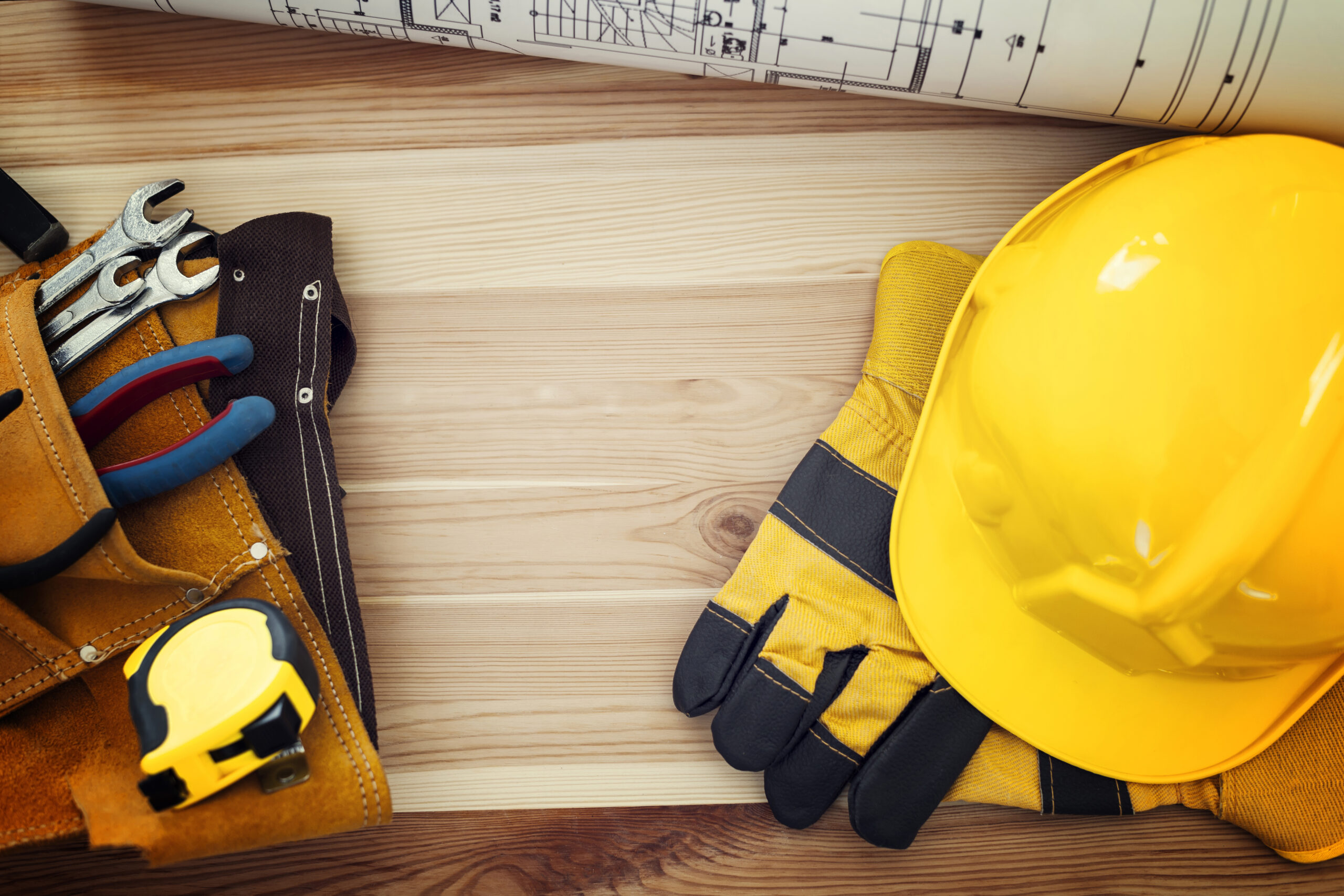The Ultimate Guide to Handyman Tools and Equipment
Introduction to Handyman Tools and Equipment
Handymen are the jack of all trades when it comes to home improvement projects. They need a wide range of tools and equipment to complete various tasks, from small repairs to major renovations. In this guide, we will cover the essential handyman tools and equipment that every DIY enthusiast should have in their toolbox.
Essential Power Tools for Every Handyman
Power tools make any job easier and faster. Here are some must-have power tools for every handyman:
1. Circular Saw – A circular saw is used for cutting wood, plastic, and metal. It’s an essential tool for ripping lumber or making straight cuts.
2. Drill – A drill is necessary for drilling holes in walls, ceilings, floors, and other surfaces. You can also use it to drive screws into wood or wallboard.

3. Impact Driver – An impact driver is perfect for driving long screws or bolts into hard materials like concrete or steel.
4. Jigsaw – A jigsaw is ideal for cutting curves and intricate shapes in wood, plastic, and metal.
5. Reciprocating Saw – A reciprocating saw is useful for demolition work, such as removing nails or prying off boards.
Measuring and Marking Tools: The Basics of Accuracy
Accurate measurements are crucial for successful home improvement projects. Here are some measuring and marking tools you should have in your arsenal:
1. Tape Measure – A tape measure is essential for taking accurate dimensions of rooms, walls, and furniture pieces.
2. Level – A level is required for ensuring that everything is leveled and square.
3. Compass – A compass is helpful for drawing circles or arches on paper or wood.
4. Chalk Line – A chalk line is great for creating straight lines on walls or floors.
Safety First: Protective Gear for Handymen
Working with tools and equipment can be dangerous if proper safety precautions aren’t taken. Here are some protective gears you should wear while working on home improvement projects:
1. Safety Glasses – Wear safety glasses to prevent debris from flying into your eyes.
2. Earplugs – Use earplugs to reduce noise pollution caused by power tools.
3. Gloves – Wear gloves to protect your hands from blisters, cuts, and burns.
4. Hard Hat – Wear a hard hat to protect yourself from falling objects.
Putting it All Together: Organizing Your Toolbox
Organization is key when it comes to maintaining and using your tools effectively. Here are some tips for organizing your toolbox:
1. Sort your tools by type and function.
2. Label each drawer or compartment clearly so you know what’s inside.
3. Keep frequently used tools within easy reach.
4. Clean and oil your tools regularly to ensure they stay in good condition.

Казино https://vulkan.electronauto.ru